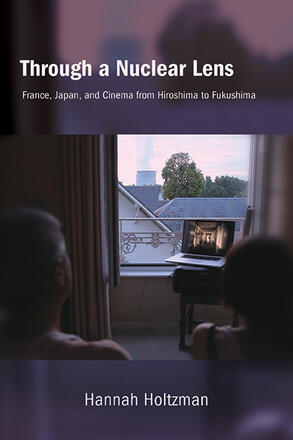
Through a Nuclear Lens
France, Japan, and Cinema from Hiroshima to Fukushima
Alternative formats available from:
Examines the increasingly reciprocal nature of Franco-Japanese cultural exchange through films that center on nuclear issues.
Description
The Franco-Japanese coproduction Hiroshima mon amour (1959) is one of the most important films for global art cinema and for the French New Wave. In Through a Nuclear Lens, Hannah Holtzman examines this film and the transnational cycle it has inspired, as well as its legacy after the 2011 nuclear disaster at Fukushima Daiichi. In a study that includes formal and theoretical analysis, archival research, and interviews, Holtzman shows the emergence of a new kind of nuclear film, one that attends to the everyday effects of nuclear disaster and its impact on our experience of space and time. The focus on Franco-Japanese exchange in cinema since the postwar period reveals a reorientation of the primarily aesthetic preoccupations in the tradition of Japonisme to center around technological and environmental concerns. The book demonstrates how French filmmakers, ever since Hiroshima mon amour, have looked to Japan in part to better understand nuclear uncertainty in France.
Hannah Holtzman is Assistant Professor in the Faculty of Liberal Arts at Sophia University in Tokyo.
Reviews
"Through a Nuclear Lens connects the fields of French film studies with energy humanities, a rapidly emerging field committed to understanding and exploring how our dependence on oil and nuclear energy shapes societies and affects subjectivities and human narratives. Holtzman posits cinema's capacity to function as a critical dialogic site, where different cultural anxieties and otherwise nationally understood subjectivities can encounter one another, and where the boundaries between canonical contributions and lesser-known works disappear." — Audrey Evrard, Fordham University
"The title of this well-written and expertly organized book suggests only part of the critical and historical richness it has on offer. Holtzman masters a host of interconnected cultural issues to provide a deeply nuanced portrait of the nuclear age that usefully de-centers the Anglo-American experience." — R. Barton Palmer, editor, Quarterly Review of Film and Video